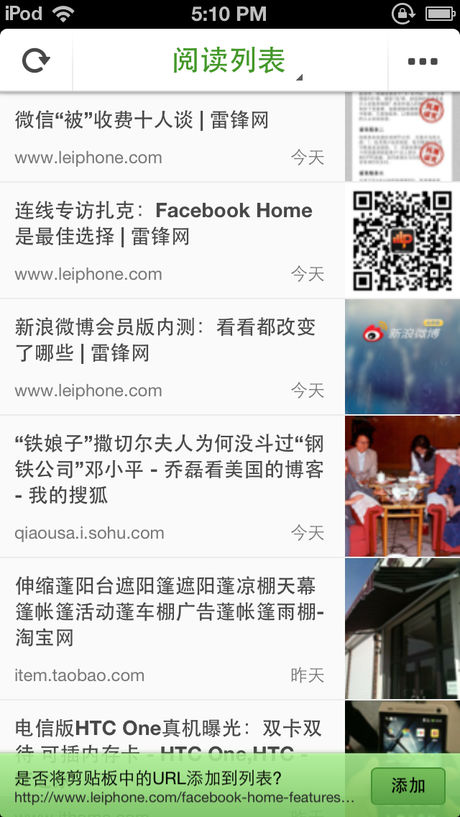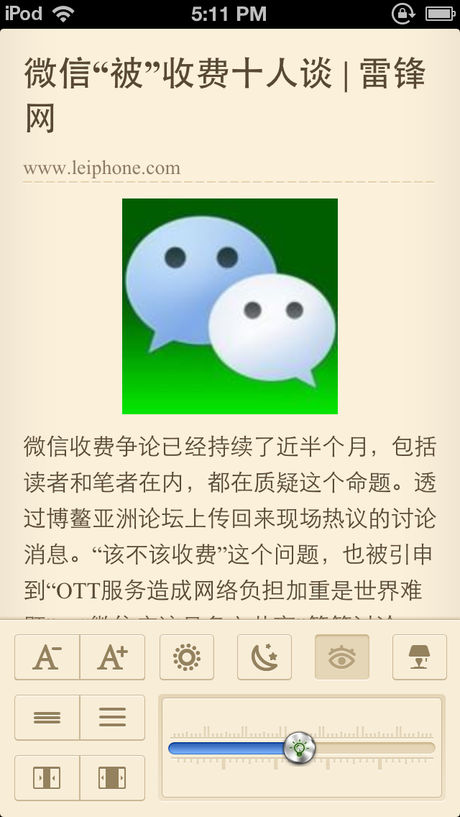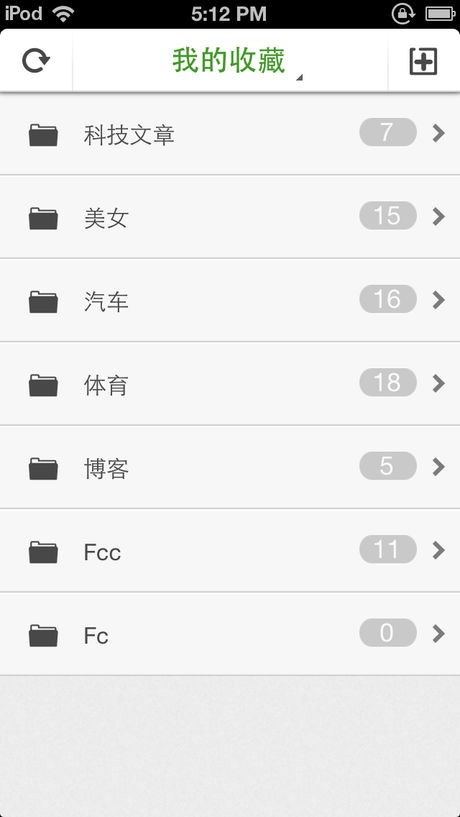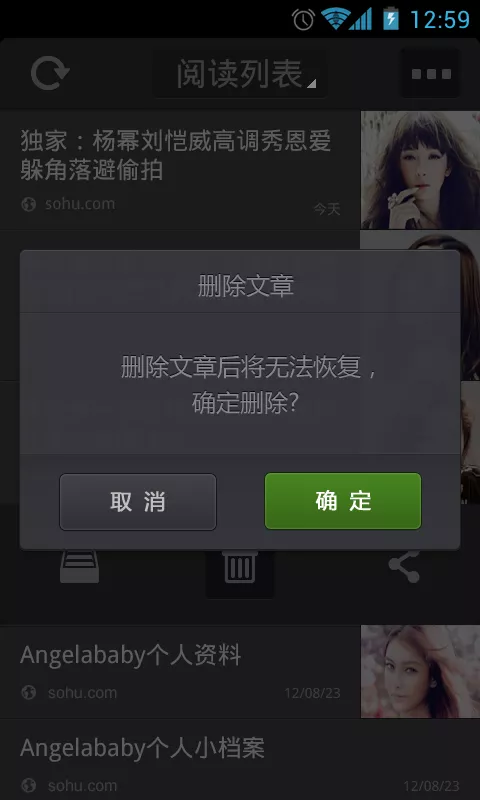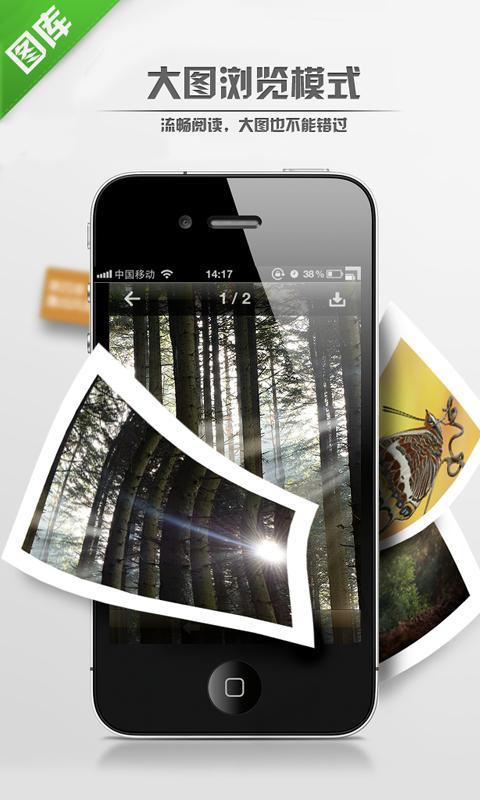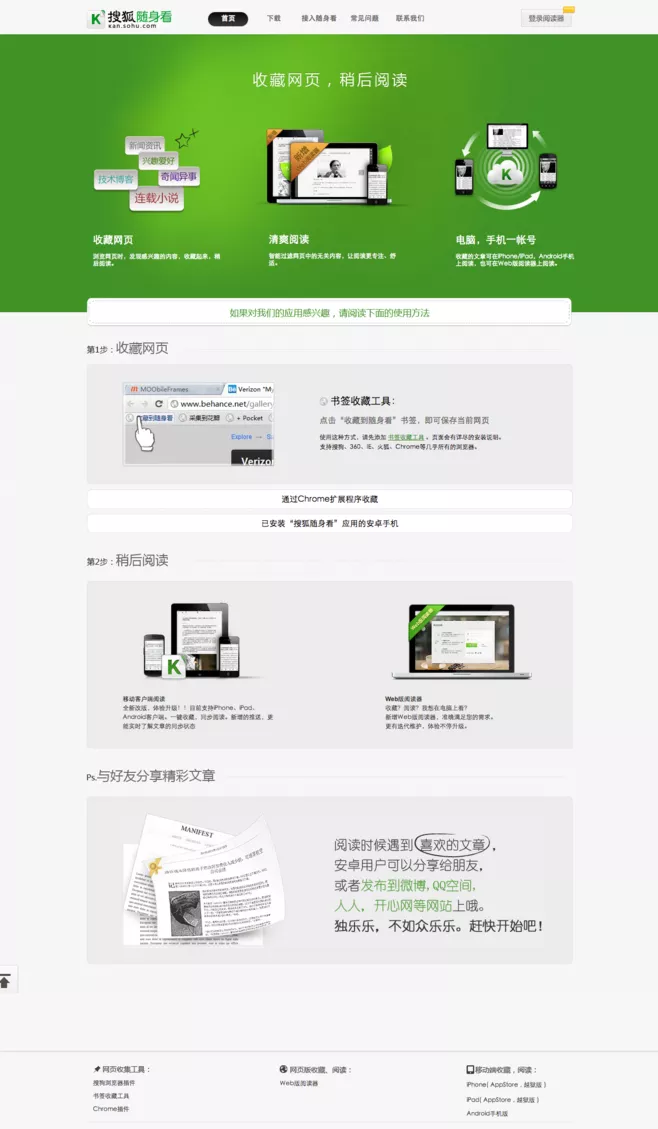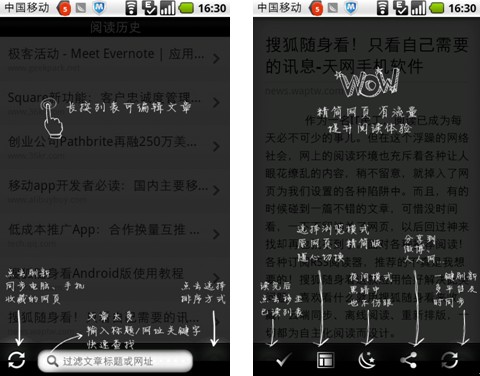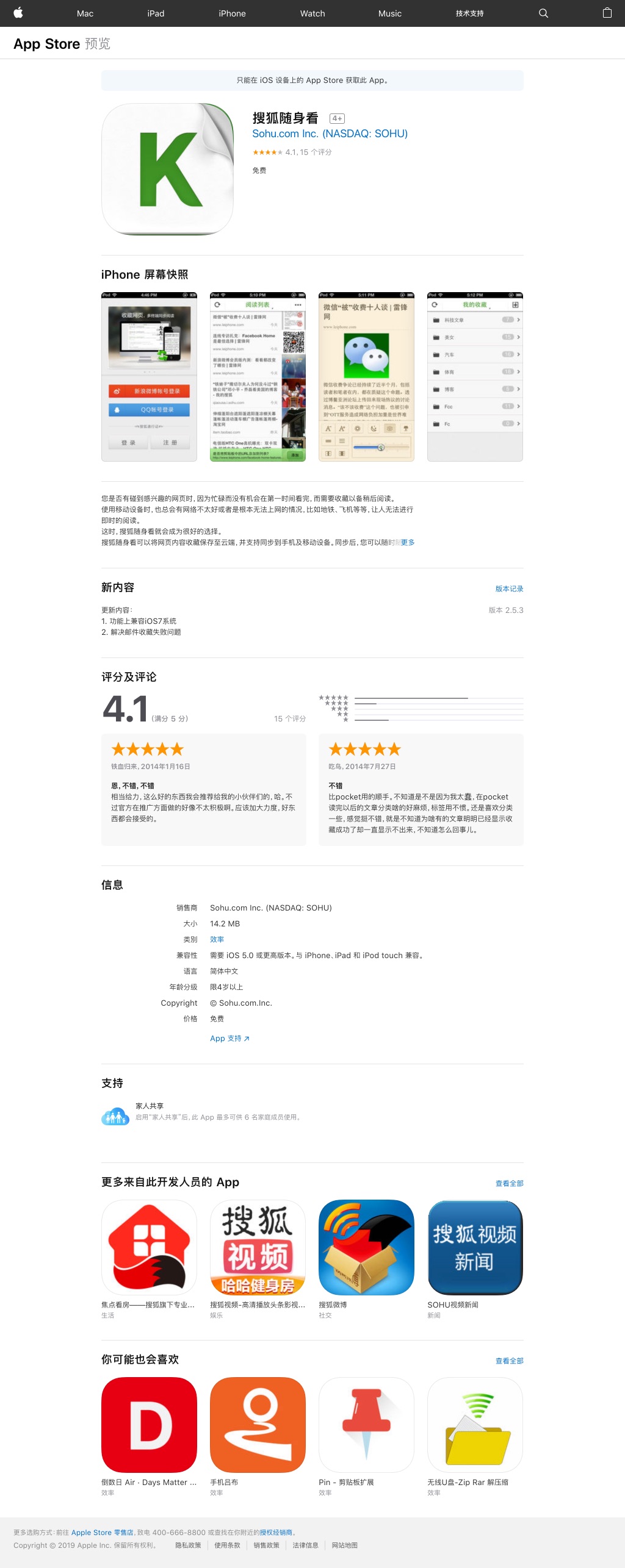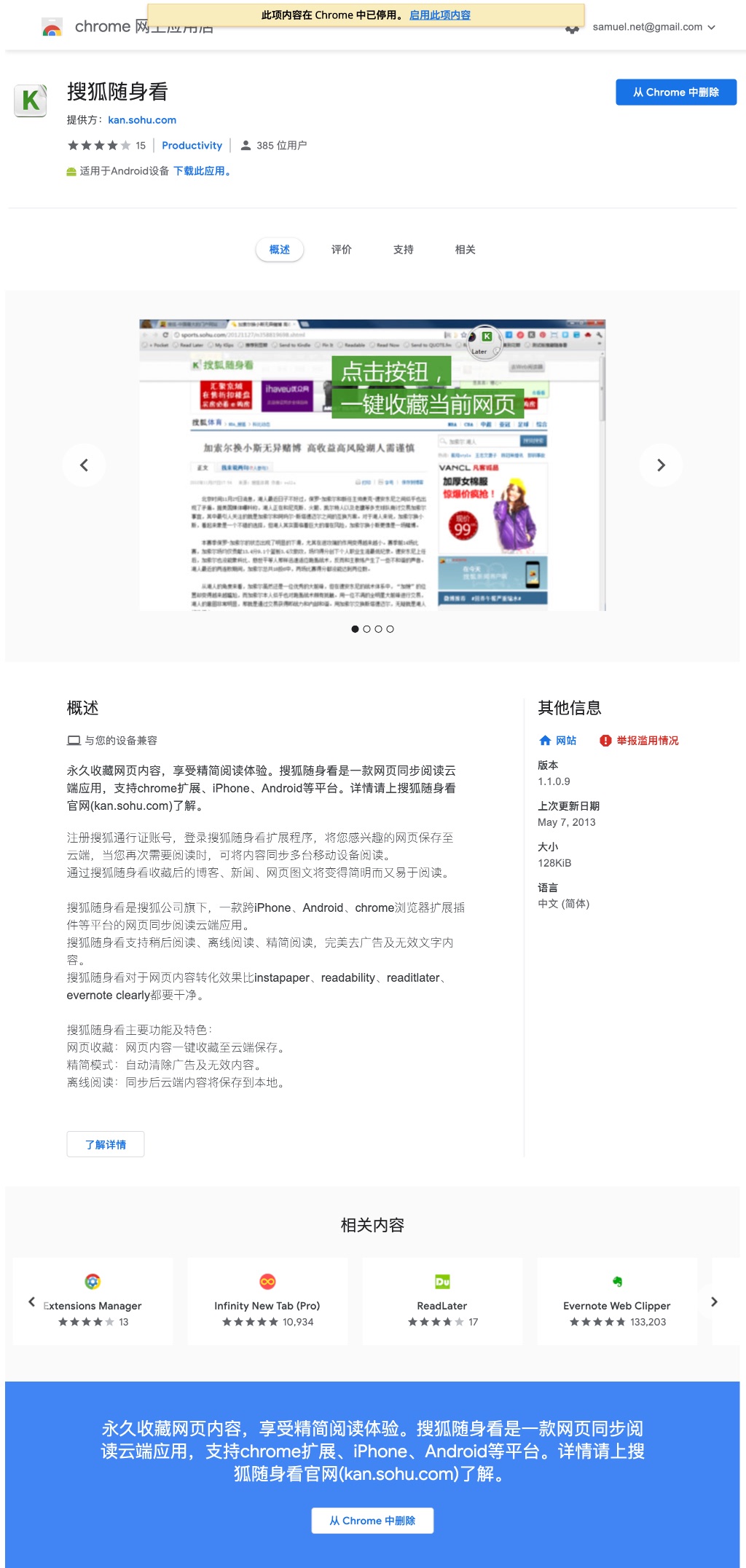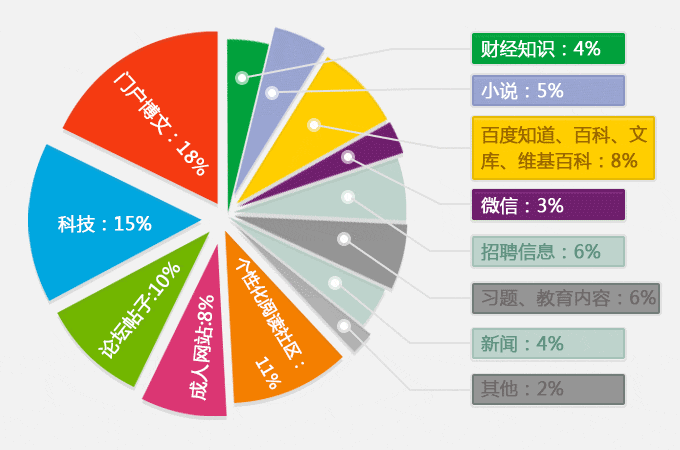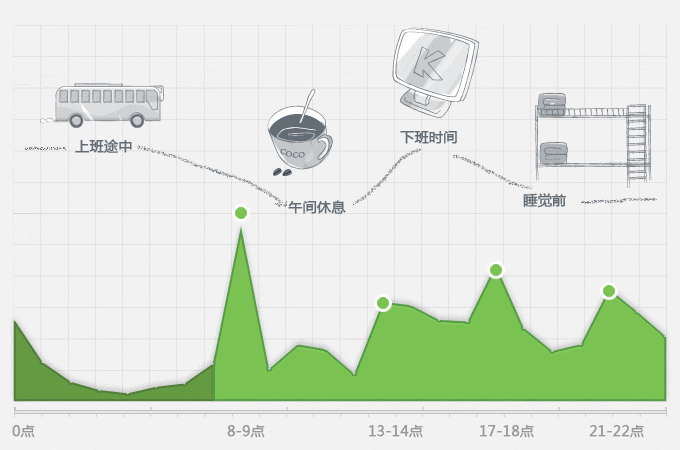Sohu Kan was abbanded during 2013. The service lasted to 2015 mid.
Images are not kept. Most of them are collected from internet.
So no images for some features.
Introduction
Sohu Kan is a service with a set of apps to collect and consume web content like articles, novels, images and so on by leveraging fragment time.
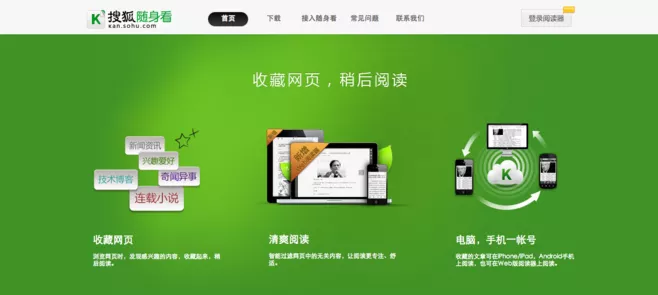
It supports iOS, Android, Web, Chrome(plugin) and Firefox(plugin).
By simply clicking “share to Kan” in apps/plugins (for Web, provides a URL widget),
user can quickly add web content to Kan collection. And Kan will
crawl the web, extract the main content and push the content to your device.
User reads the article when taking bus, before sleeping or even having launch. The contents are extracted and reorganized in well format for good reading experience.
During that time, I was in charge and leading technology teams of whole product including architecture, design, development, testing, operation and so on.
Features
The functionally basically can be abstract into:
- Add the link of web content to Kan (via different methods)
- Kan crawls the content and make it clean to read.
- Kan push the content back to all your devices
Images of apps:
But you know, we did many thing to make it:
- easy to use
- fast to collect & push
- good view to read
- convenience to manage
- reduce your internet traffic fee
- reduce the memory space usage
- upload to App store, Google play and other 20~30 local Android app stores each release.
So the user can have the features 1:
Images of features introduction:
- System integrated “Share to Kan” menu/button to share any content.
- Extract main content (remove noise text, ad. and etc.)
- articles (news, blog, etc.)
- images (comic, gallery, etc.)
- novels (auto download chapters. for some supported websites)
- bbs (some supported)
- those other tool can not download.
- Realtime push and notification
- Fast synchronization across platforms/devices
- Read offline
- Good experience for reading (optimized format, font, size, etc.)
- Customizable reading view (dark, ligth, size, background, width, font, etc)
- Integrated with some website to directly share from web page
- Add URL from clipboard
- Category & tag management
- Image view
- Share to fridends
We also provide guide for users.
Inside
Engineering
We maintain 2 releases (old, new) and upload to 20~30 app stores each week.
- One release per week
- 2 versions in parallel development/releasing
- 4 client apps (iOS, Android, web, plugin for Chrome/Firefox)
- 1 API service cluster for response, management, notification, push and etc.
- 1 backend service cluster for crawling, text extraction and purification.
- 1 MQ cluster for distribute tasks to workers
- 1 DB cluster for article storage
- 1 Object Storage service for images (simulate first, later integrated to Sohu Cloud)
- 2 parallel version tests
- Operations on servers, releases
- git for release management
- Admin console for monitor, alert, statistics and etc.
- Quick release for internet events, holiday and etc. (different landing pages)
I setup and ran the process with 2 dev teams (8 developers, +2 interns later), 1 QA team (3 QAs) and 1 Ops to archive these successfully and smoothly.
Besides, used F5, Floating IP and domain, Object Storage on Sohu Cloud.
Images of App Stores 2:
Technical
Architect
Kan backend service is designed to support client apps and with flexibility to public the API for 3rd party app use.
The web service, which is the interactive layer, is designed as REST API. It’s behind the F5 load balance hardware. The IP is float and parking on the Nginx cluster. If a Nginx down, the IP will automatically park on the other. API cluster is behind the Nginx with round-robin (or session hash) policy.
RabbitMQ and MongoDB
REST API and Application service
to be written
Backend service
to be written
Clients
to be written
Operations
to be written
Operation
to be written
Design
to be written
Marketing
to be written
What if we can continue
Statistics
Images of first time statistics publication
Recommendation
to be written
Public the API
to be written
Reminder
to be written
Cluster analysis & Aggregation analysis
to be written
More
..
Media Reports
Most media reports are in Chinese language.
We have invited many medias to try and report Kan. The following are some of the links that I could found now.



